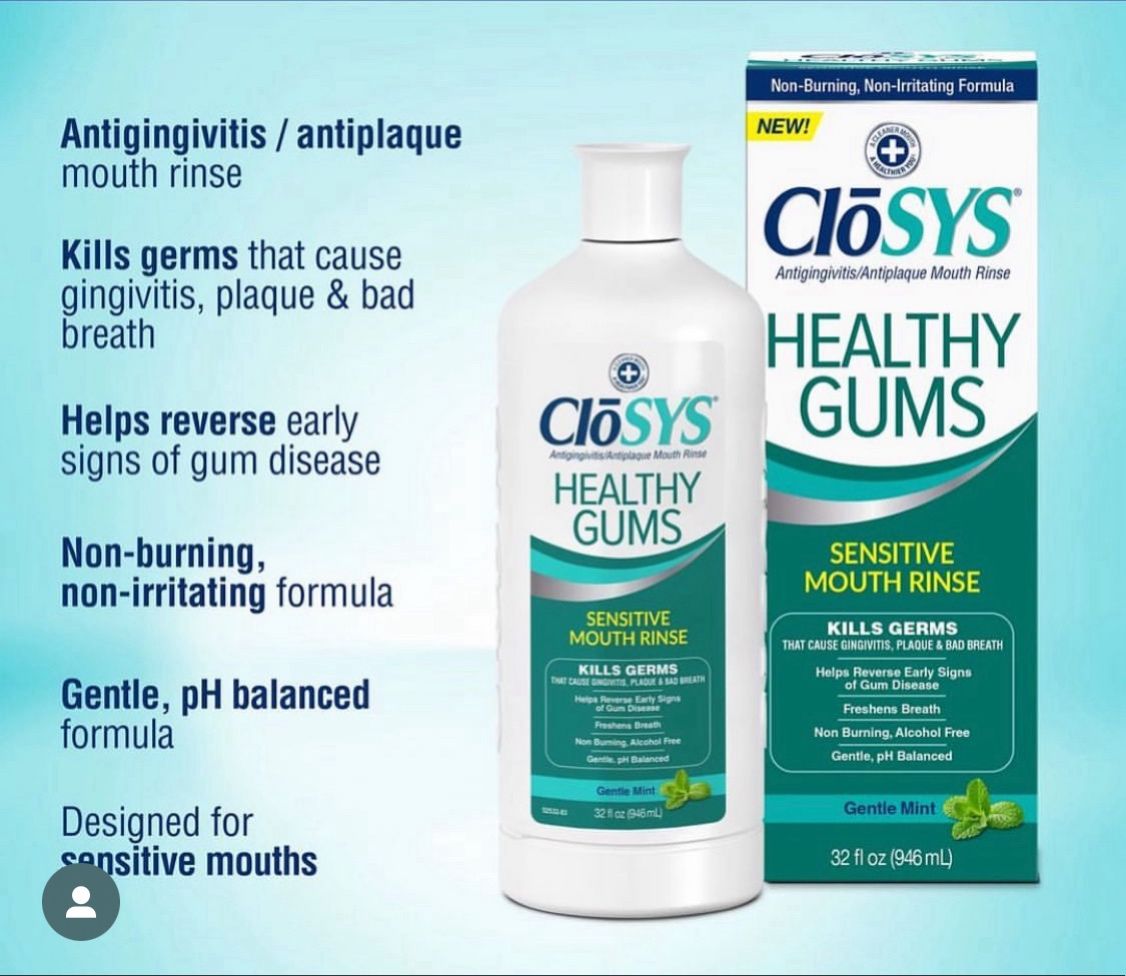Can Whitening Toothpaste Irritate Gums

The quest for a brighter, more radiant smile has led many to turn to whitening toothpaste as a convenient and affordable solution. However, for some, the pursuit of pearly whites may come with an unexpected cost: irritated gums. But can whitening toothpaste really irritate gums, and if so, what are the underlying reasons behind this phenomenon?
To delve into this issue, it’s essential to understand the primary components of whitening toothpaste and how they might interact with gum tissue. Whitening toothpastes typically contain mild abrasives and chemical agents designed to remove surface stains and, in some cases, penetrate the tooth enamel to lighten the tooth’s natural color. These agents can include hydrogen peroxide, carbamide peroxide, and sodium bicarbonate, among others.
One of the main concerns with using whitening toothpaste is the potential for these chemical agents to irritate the gums, especially if used excessively or in high concentrations. Hydrogen peroxide, for example, is a common ingredient in many whitening products. While it’s effective at breaking down stains, high concentrations can strip away the protective barrier of the gums, leading to irritation, redness, and even bleeding in severe cases.
Moreover, the abrasives present in whitening toothpastes, intended to gently scrub away surface stains, can also pose a risk to gum health if the toothpaste is used too vigorously or with a hard toothbrush. This can lead to gum recession over time, exposing more of the tooth root and increasing sensitivity.
Another factor to consider is the individual’s oral health and sensitivity. People with pre-existing gum conditions, such as gingivitis or periodontitis, may find that whitening toothpaste exacerbates their symptoms. Similarly, those with sensitive teeth and gums may experience heightened discomfort due to the active ingredients in whitening toothpastes.
It’s also worth noting that not all whitening toothpastes are created equal. Some products are designed with sensitivity and gum health in mind, incorporating ingredients that are gentler on the gums or even including desensitizing agents to mitigate potential discomfort.
Understanding the Chemicals Involved
Hydrogen Peroxide: This is one of the most common active ingredients in teeth whitening products. It works by penetrating the tooth enamel to reach the dentin, where it breaks down stain molecules. However, its potential to irritate gums, especially in high concentrations, is a concern.
Carbamide Peroxide: This compound breaks down into hydrogen peroxide and urea in the mouth, providing a slower release of the active whitening agent. It’s considered less irritating than direct hydrogen peroxide but still requires cautious use.
Sodium Bicarbonate: Acting as a mild abrasive, sodium bicarbonate helps remove plaque and surface stains from teeth. While generally gentle, improper use or excessive force during brushing can still lead to gum irritation.
Strategies for Safe Use
If you’re considering using a whitening toothpaste and are concerned about potential gum irritation, there are several strategies you can employ to minimize risks:
- Choose Gentle Products: Opt for toothpastes that are labeled as gentle on gums or designed for sensitive teeth and gums.
- Follow Instructions: Always follow the manufacturer’s instructions regarding application and duration of use.
- Brush Gently: Use a soft-bristled toothbrush and gentle circular motions to minimize mechanical irritation to the gums.
- Limit Use: Consider using whitening toothpaste only as needed, such as for a few months to achieve desired whitening, then switching to a regular fluoride toothpaste for daily maintenance.
- Monitor Your Gums: Pay attention to any changes in your gums, such as increased sensitivity, redness, or bleeding. If you notice any of these symptoms, discontinue use and consult with a dental professional.
Conclusion
While whitening toothpaste can be an effective way to brighten your smile, it’s crucial to be aware of the potential for gum irritation, especially if you have sensitive gums or pre-existing gum conditions. By choosing the right product, following the manufacturer’s instructions, and being mindful of your gum health, you can minimize the risk of irritation and enjoy a healthier, whiter smile.
Frequently Asked Questions
Can all whitening toothpastes cause gum irritation?
+No, not all whitening toothpastes are likely to cause gum irritation. The risk depends on the active ingredients, their concentrations, and individual susceptibility. Look for products labeled as gentle on gums or designed for sensitive teeth.
How can I minimize the risk of gum irritation from whitening toothpaste?
+To minimize the risk, choose a gentle product, follow the instructions carefully, brush gently with a soft-bristled toothbrush, and limit your use of whitening toothpaste. It’s also a good idea to monitor your gum health and adjust your oral care routine as needed.
Are there any alternatives to whitening toothpaste for gum-sensitive individuals?
+Yes, there are several alternatives. Consider consulting with a dentist about professional teeth whitening options, which can be more controlled and safer for sensitive gums. Additionally, good oral hygiene practices, including regular brushing with a fluoride toothpaste and dental flossing, can help maintain a healthy and aesthetically pleasing smile without the risks associated with over-the-counter whitening products.